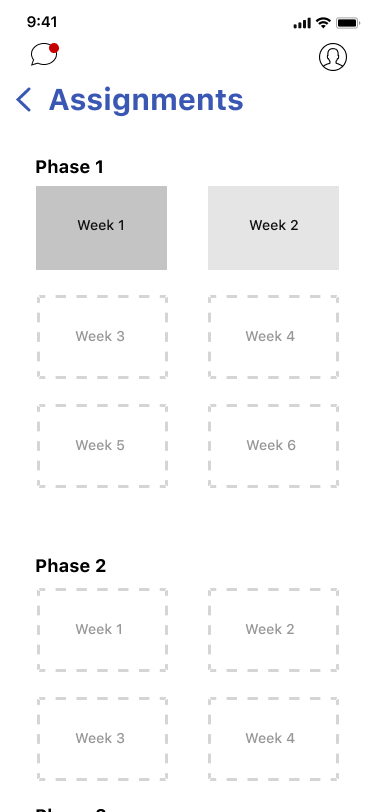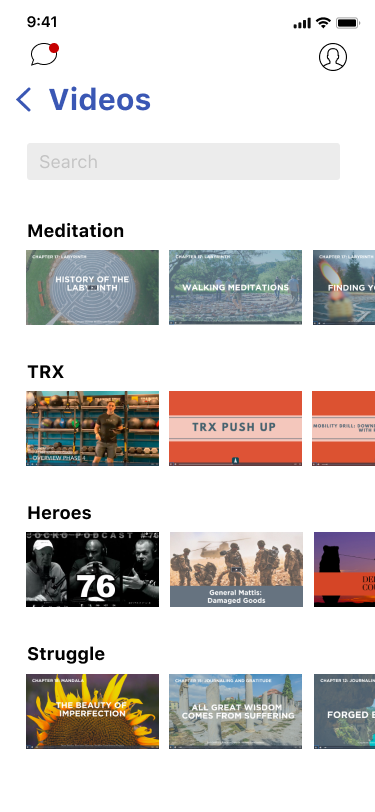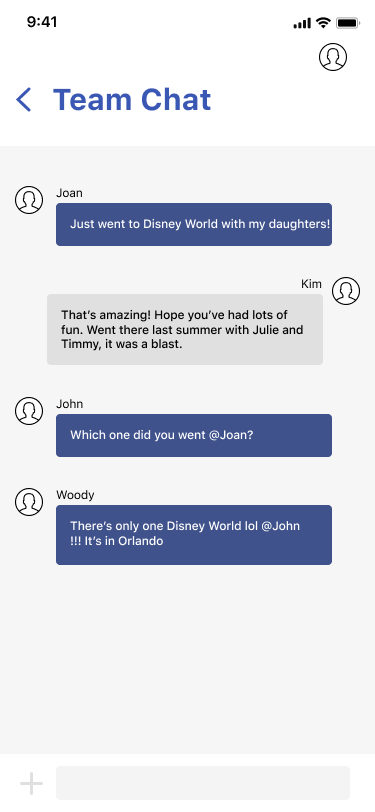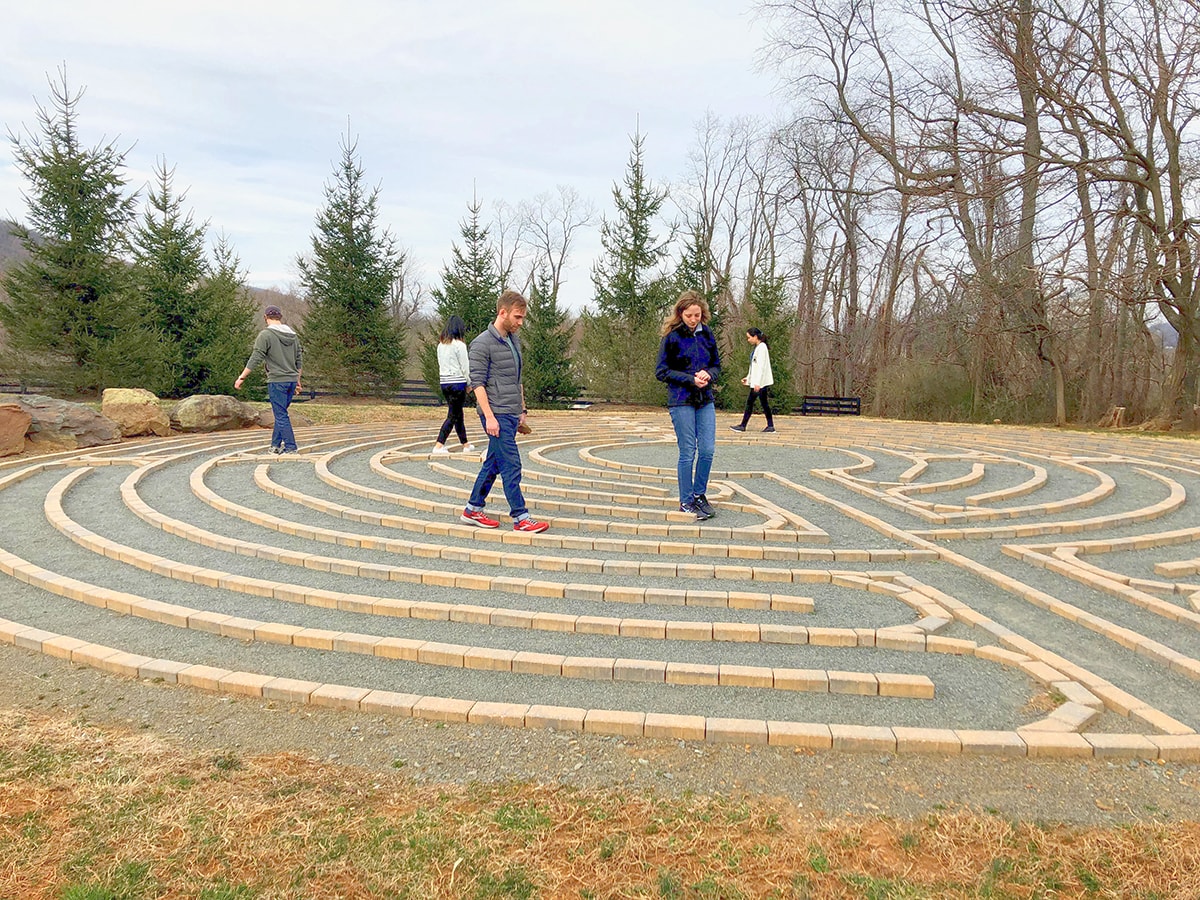Our team was fortunate enough to spend a weekend in April at our client’s
location in
Bluemont, Virginia, just as they were kicking off another seven-day Warrior PATHH retreat for
veteran
Explosive Ordnance Disposal Technicians.
Our goals for this trip were:
1. To more deeply understand the context in which we are
designing and learn from the staff.
2. To build rapport with and get feedback from our client.
3. To bond as a team.
Not only did we achieve our goals, we got an added bonus of tranquility. Even though we
were
working nonstop, we felt this immense sense of peace on the grounds of Boulder Crest.
After we arrived at Boulder Crest early Friday afternoon, we jumped right in and conducted five
back-to-back interviews with Boulder Crest staff. Almost all of the staff whom we interviewed
had
previously gone through the program themselves, so it was valuable to hear about their own
experiences as both participants and staff.
We made a conscious decision with our client not to conduct user research with current program
participants because we did not want to intrude on their precious time at the retreat.
We left Boulder Crest with a wealth of data and are excited to synthesize it as a team.
We also had the opportunity to immerse ourselves in various retreat activities. We experienced
a
surreal bonding moment during a particular retreat tradition: walking the labyrinth. Labyrinths
have been used for thousands of years, and their twisting, indirect paths force a slow,
meditative
journey. At the start of the labyrinth, each of us picked out a stone to carry while walking
the
path. We walked slowly. We reflected inward. We all paused in the middle, closed our eyes for a
moment, and laid our rocks down.
Later, we realized how many heroes had held those same rocks in their hands as they, too,
had
walked the labyrinth.





























